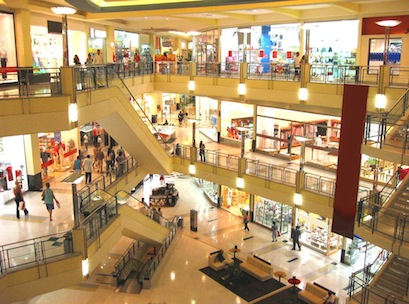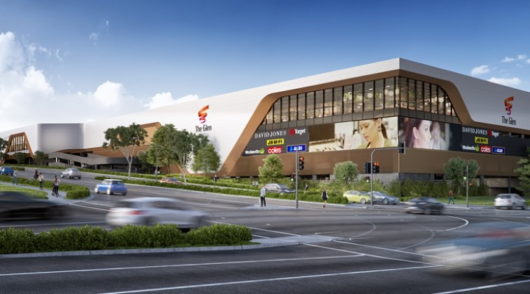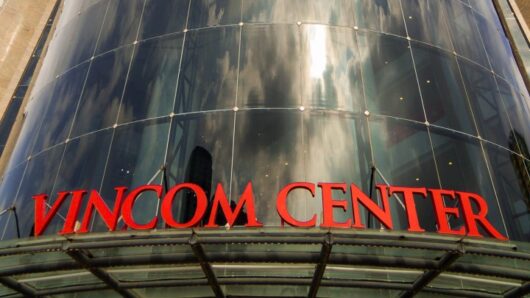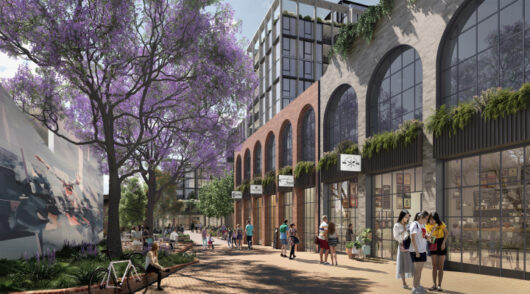
Almost half of shopping centre managers are more concerned about the competition “down the road” than from online marketplaces and stores, according to a report released by JLL.
Forty per cent of shopping centre managers said the main impediment to improved sales was competition from other shopping centres, JLL’s 20th Retail Centre Managers’ Survey revealed.
“It is interesting to note that they (shopping centre managers) are more worried about the centre ‘down the road’ than the competition from online, which in comparison 25 per cent of managers said would have a negative impact on turnover,” said Tony Doherty, JLL’s head of Retail, Property and Asset Management.
About 48 per cent of centre managers expected some growth in moving annual turnover (MAT) over the next 12 months.
“However, they should be more positive about the outlook for wages growth,” Doherty said. “That, along with the changes to income tax announced in the Federal Budget, could be a driver of the rebound in the second half of 2019.”
About 32 per cent of managers expected planned refurbishments to have a positive effect on sales performance.
“When asked what factors were affecting turnover performance, managers nominated the strongest positive factors as ‘expected changes in tenancy profile’ (55 per cent), ‘growth expectations within trade area” (45 per cent) and ‘planned refurbishment activity’ (32 per cent),” said Richard Fennell, JLL’s head of Property and Asset Management.
Fennell said the top three negative factors affecting turnover have remained constant over time: competition from other centres (40 per cent), economic outlook (32 per cent) and online retailing (25 per cent).
According to the shopping centre managers surveyed, food and beverage retailers continue to drive leasing enquiries, spurred by younger adults’ interest in casual dining out. Tenant enquiry levels declined slightly since the last survey, but 58 per cent of managers said enquiry levels remained stable.
Food spending is growing 4.1 per cent year-on-year, the latest Australian Bureau of Statistics figures revealed.
Fennell said sentiment in the retail sector has weakened since June 2018.
“This is a global theme, driven by store closures and e-commerce competition, particularly in the US and UK, although the trend has been the same here in Australia,” he said.
According to Fennell, the perception of Australian retail conditions is worse than the actual performance.
“Rents have held up well and shopping centres remain over 97 per cent occupied,” he said. “That’s not to say there aren’t challenges, but it is important to note the stability of the key operating metrics at a high level.”
Sub-regional centres recorded a 2.9 per cent vacancy rate in December, down from 3.4 per cent in June 2018. Rental growth is now 3.4 per cent annually, well above the negative 0.6 per cent recorded in June, with eight sub-regional centres posting rental growth above 5 per cent. Neighbourhood centre vacancy rates remained steady at 2.2 per cent.
The JLL Retail Centre Managers’ Survey was undertaken in February across 84 JLL-managed shopping centres nationally. The majority were sub-regional centres (37) and neighbourhood centres (26), while 15 were CBD-based.





